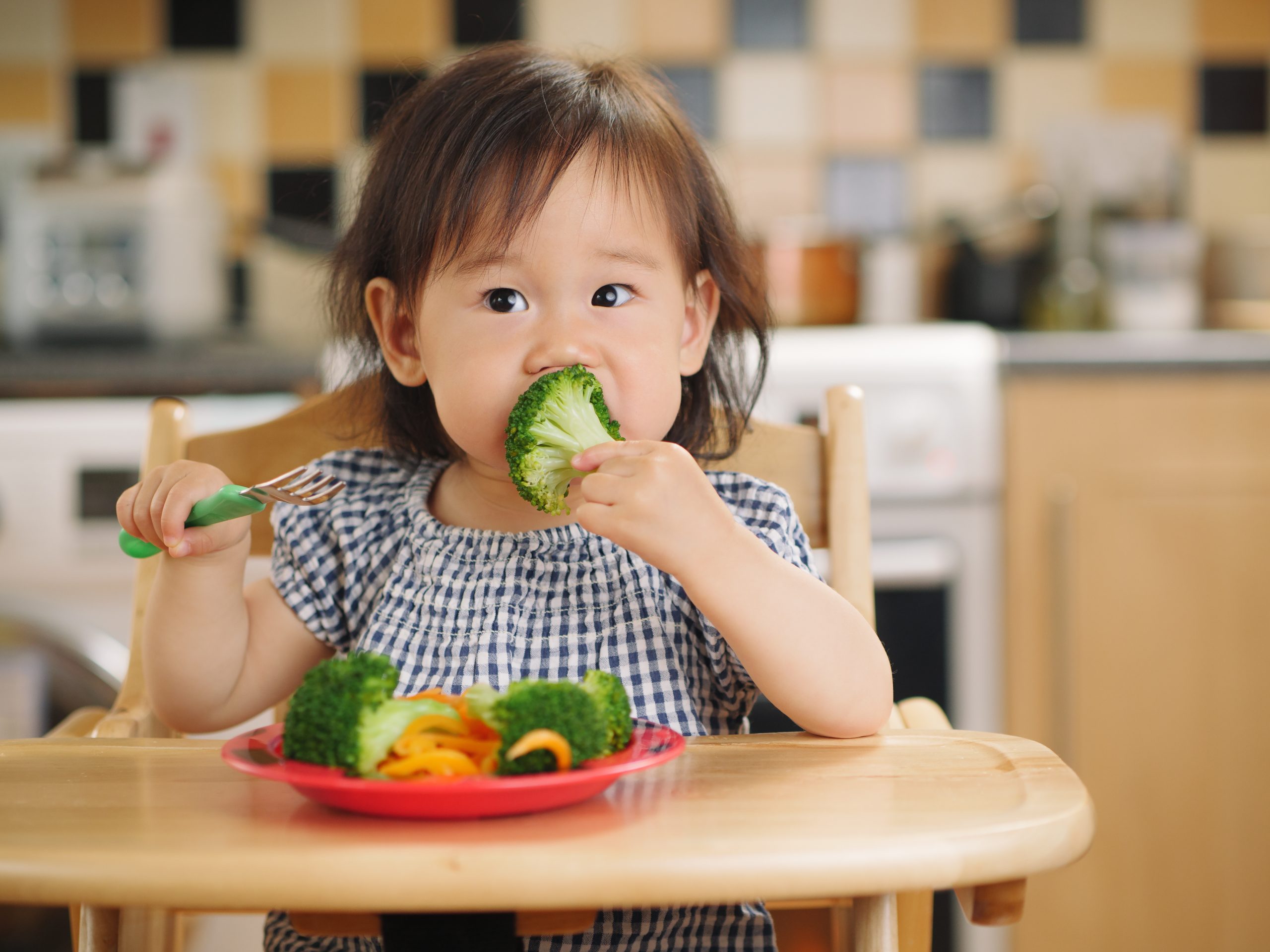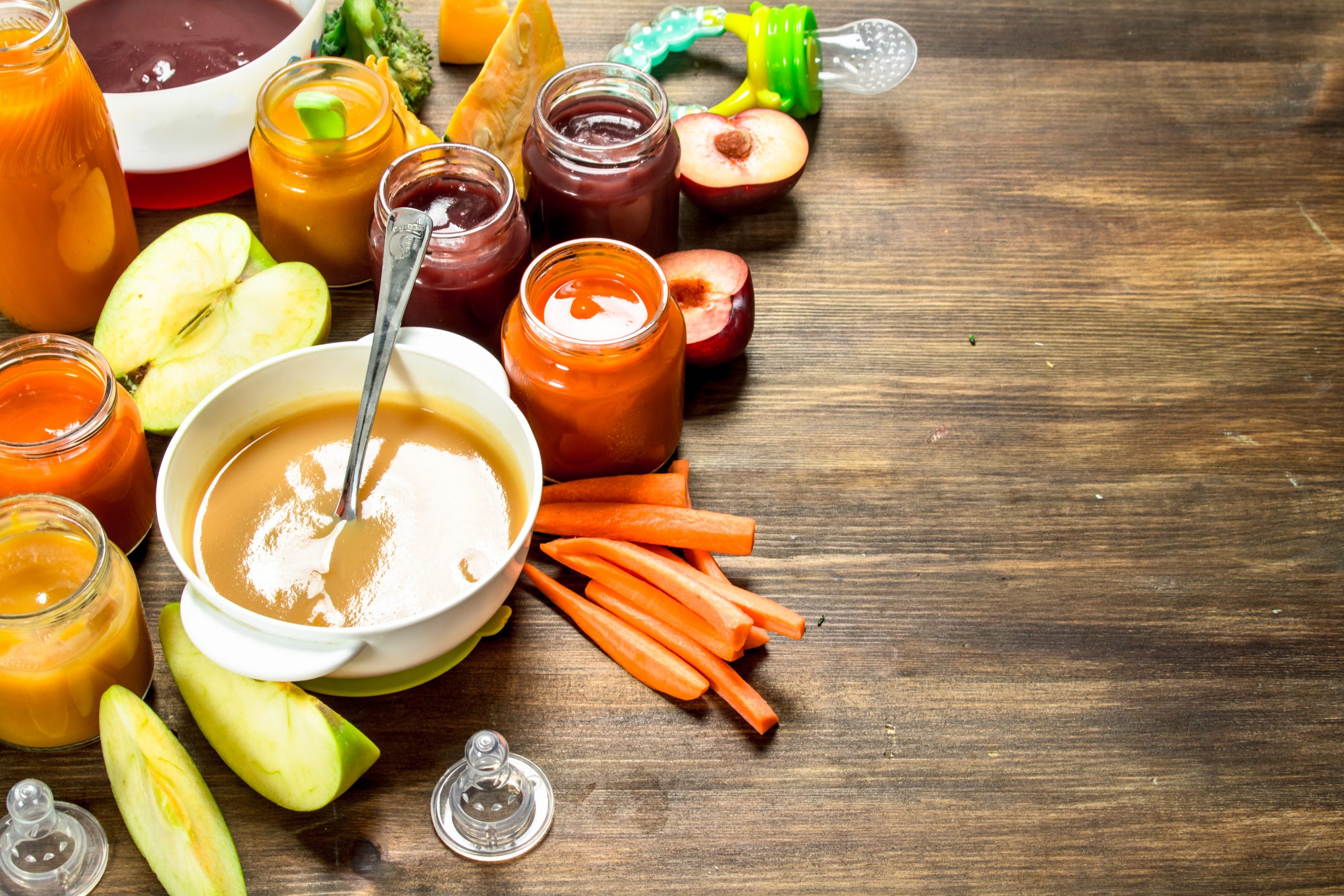The Benefits of Exposing Kids to New Flavours and Textures

Parenting for this first time comes with an array of new challenges, one of which is giving your child the right nutrition. In Australia, approximately 22 percent of children are overweight. This is caused by weight gain during infancy, poor sleeping habits, and exposure to unhealthy foods.
When it comes to infant nutrition, you want to ensure that your baby not only gets nutrient-rich foods in their diet but that they also have a healthy disposition when it comes to eating. It might be easier to feed your child fast and convenient food options but it could set them up for a plethora of issues in the future.
If you want your child to have the right attitude towards food, you have to start at infancy. That means exposing your child to foods that have a variety of textures and flavours.
Stay with us to learn about the benefits of incorporating a variety of foods into your baby’s diet and where you can find the best baby food products.
Ensuring Adequate Nutrition
One of the most important pieces of advice about infant nutrition is knowing how to give your baby the right amount. This is crucial for their overall development.
From birth to 12 months, your child is in the infancy stage of their life. During this time they are mobile and enjoy engaging in tummy time, rolling over, and learning to grasp at objects nearby. The right nutrition will ensure that your baby can develop all of these important skills.
Poor nutrition in infancy can result in poor health in adulthood. It is linked to a variety of illnesses and is a possible cause of childhood obesity.
An assortment of vegetables, fruits, dairy, protein, and grains is a great way to ensure that your baby is getting the vitamins and nutrients they need to grow. Diversity in all food groups means incorporating new foods at each stage of development.
Your paediatrician can give you the right advice about what foods are appropriate at different stages of infancy. You can try introducing new foods slowly into your child’s diet and gauging their reaction to them. Don’t be discouraged after the first time and offer the food more than once.
Exposure to different foods is also an effective way to test for food allergies. Early exposure to certain foods can also help to avoid allergies later on.
At Nutura Organic, we pride ourselves on offering a selection of infant products that offer balanced nutrition for the healthy development of your baby.
Creating Healthy Food Habits

Another great word of advice about feeding a new baby is that various foods can help your child develop healthy food habits. Poor dietary habits in infancy can have a profound impact on their habits in adolescence and adulthood.
Studies show that children as young as 12 can develop eating disorders. This comes from an unhealthy relationship with food that usually starts at a young age.
Teaching your child early on that food is important to keep their body strong and healthy will help them appreciate a healthy diet. You can do this by offering your child education about food and setting the right examples. Cooking healthy foods and creating a positive narrative around healthy eating can make a big difference.
Another important factor in healthy food habits is treating all foods equally. Many parents reward good behaviour with sugary foods and “treats”. This gives children the illusion that certain foods, like vegetables, act as punishments.
We believe that healthy food habits are an integral part of the child-rearing process. That’s why we offer caregiver support with organic products and valuable information to empower you and your little one when it comes to healthy eating.
Getting Ahead of Picky Eating
If your child is a picky eater, it can make certain aspects of parenting much more difficult. Your child creates limits around what they can eat and it is difficult to turn this around.
There are several ways to avoid this stubborn habit. You can start by initiating family mealtime where everyone eats the same foods. This is a good way to set an example and allow your child to feel like they are entitled to eat the same foods as the rest of the family.
In many restaurants, there are kids’ menus that offer easy options like fries and chicken fingers. This is true even in high-end restaurants that serve a variety of cuisine. It does not allow your child to partake in the same meal as the rest of the family.
Another great way to get your child involved in healthy eating and avoid pickiness is to include them in the preparation. Even with very young children, you can have them nearby while you’re preparing food. Let them handle some of the washed vegetables and watch you get the meal ready.
Once it’s mealtime, you can have them try the food that they “helped” prepare. For little ones who cannot chew certain foods like carrots, you can puree them or mash them as you do with potatoes.
Get your child to try the food and be encouraging when eliciting a response. Put on a happy face and eat a spoonful yourself to show them how much you are enjoying the food as well.
Importance Of Taste, Texture, and Appearance of Your Baby’s Food

Another important element of introducing different food to children is considering different tastes, textures, and appearances. Children begin to develop different skills through infancy that involve tactile response and oral fixations.
The Benefits of Taste
Incorporating new food flavours for kids is vital in the first six months. It is especially important to introduce a variety of vegetables to get their little palates used to some new flavours.
Unlike fruits which are sweet and easily palatable, some vegetables can be bitter which makes it more difficult for your child’s taste buds to adjust.
Taste is one the most deciding factors for your child when they try new food. They will become stubborn and refuse to eat it. However, with repeated exposure, you can get your little one to become accustomed to eating just about anything.
This is because children get a sense of familiarity with certain foods that are common in the household. A great trick is to include a specific food into family meals more frequently to get your child to try it again.
The Benefits of Texture
Food texture for children is another important factor for rejecting certain foods. This is true even in adults. Many nutrient-rich foods have unique textures that might be challenging to incorporate into the diet.
The window of opportunity to guide your child through obstacles involving texture is within the first year. This can only be done once your child is developmentally ready. That means that they have the ability to chew, starting with biting, sucking, and munching on a variety of foods.
Exposing your child to different textures also helps their development of lateral tongue movement. This is when the tongue moves side to side and moves food around in the mouth.
The Benefits of Appearance
Food appearance and presentation can also benefit your child’s eating habits. This also adds to familiarity and exposure to certain foods. When a child sees the same foods often, they are likely to acquire a taste for them.
Children are hesitant to try foods that they’ve never seen before. It might be difficult to get them to eat something they don’t recognize, especially in later childhood, that’s why introducing a diverse selection of foods is vital early on.
If your child has an aversion to a certain food, you can try changing its appearance. Instead of mashed peas, you can try serving them in their original form and let your child play with the tiny spheres while they eat.
This is also a fun way to get your child to enjoy mealtime. Let them get a little bit messy and create an enjoyable eating experience.
Give Your Baby the Benefits of Infant Nutrition From a Variety of Foods
Exposing your child to a variety of foods at a young age is important for many reasons. You can avoid picky eating habits while ensuring that your child gets the right amount of nutrients and develops a healthy relationship with food. Be sure to include food that comes in various flavours, textures, and forms.
Visit our website and find a retailer for infant products that suit your baby’s nutritional needs.
This article is designed to provide general advice for parents and guardians, for specific health advice, please consult with your child’s healthcare practitioner.



